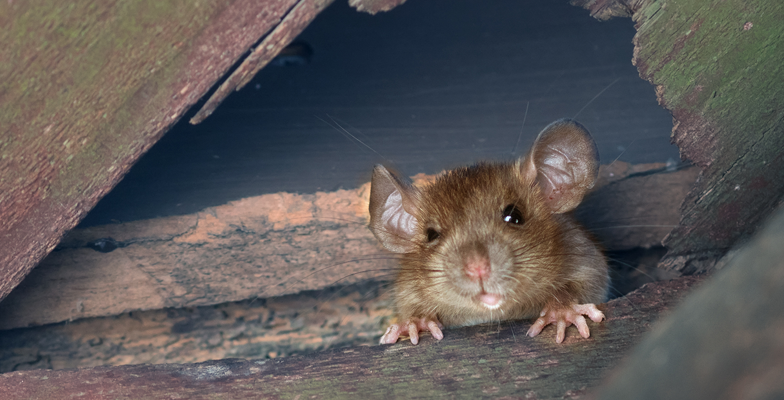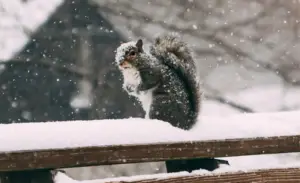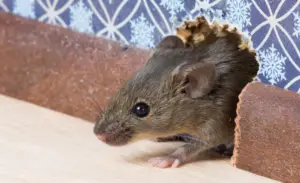Rodents are referred to as a pest for some very valid reasons. The problems rodents and mice can create in your home are troublesome. Opening a kitchen cabinet or drawer to see mouse droppings or other signs of mice can prompt you to contact a professional pest control company immediately. Of course, you will want to know how to get rid of mice or rodents, but also the problems associated with having them in your home in the first place.
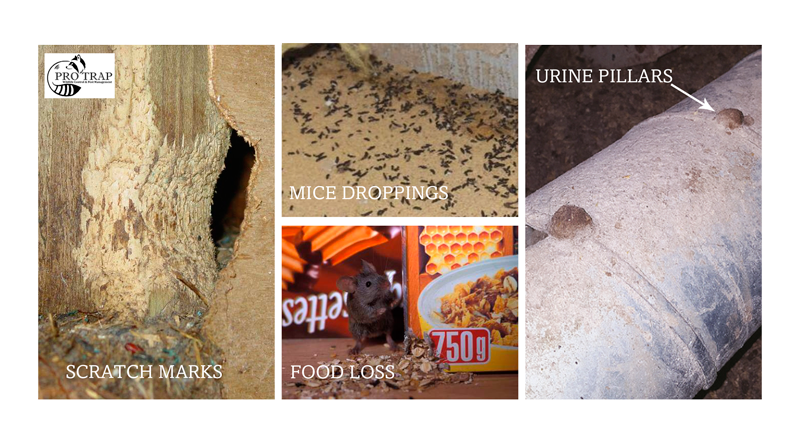
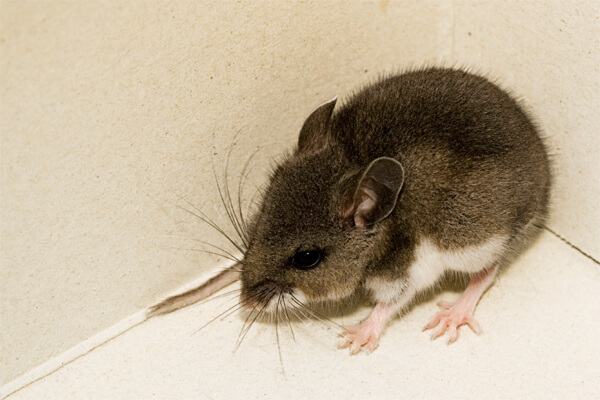
 Do not panic but instead reach out to a trusted pest control company like Pro Trap. At Pro Trap, we strive to provide customer service like no other. Since beginning in 2008, we have armed our team with knowledge and tools for providing a solution to whatever pest problem encountered. Pro Trap will not only eliminate the problem but provide preventive pest control to keep them from coming back. We provide pest management as well as any minor repairs for your home, all while keeping you informed and educated every step of the way.
Do not panic but instead reach out to a trusted pest control company like Pro Trap. At Pro Trap, we strive to provide customer service like no other. Since beginning in 2008, we have armed our team with knowledge and tools for providing a solution to whatever pest problem encountered. Pro Trap will not only eliminate the problem but provide preventive pest control to keep them from coming back. We provide pest management as well as any minor repairs for your home, all while keeping you informed and educated every step of the way.
Common Signs you Have Pests in the Home
You may not initially be aware that these pesky visitors have decided to move into your home. However, there are some telltale signs that alert you of their presence:- Scratching Sounds– This is a common sign that house mice have set up houses in spaces found in the ceiling, floor, wall, or roof. Although it sounds like they are scratching or moving about, these noises are caused by them gnawing on various materials, such as wood, plaster, or electrical wires. At times they are burrowing a path to transport nesting material back and forth.
- Mice Droppings– This is probably the first thing a person notices indicating there is a mouse around. Mice defecate a lot, and they leave these small and dark droppings all around where they have been which is usually around the base of walls and in cupboards and drawers.
- Urine Pillars – Unfortunately, this is a sign of mouse infestation and one of the definite signs of rodent activity. Urine pillars are used by rodents to track their activity. Grease, dirt, and hair combined with rodent urine create these pillars. They usually are around 2 inches high and half an inch wide.
- Damage to Food Items– Mice like to come inside a home because people normally leave easy access to food. Food scraps or crumbs that are kicked under a cupboard are an invitation for rodents to eat. You may notice small chew marks on a cereal box or bag of chips. Mice have an excellent ability to locate food sources and work their way into breaking the barrier of whatever storage is used for food.

Other Problems Caused by Mice and Rodents in the Home
Rodents are the type of pest that ranks extremely high, if not at the top, for causing home damages. It is obvious that they create a cleanliness issue, but the havoc inflicted on your home can be major the longer they remain. Here are 5 more things that could be a potential issue for your household.- Furniture Damage –Mice love to chew and gnaw through soft materials such as furniture fabric gathering small pieces to build a cozy nest.
- Electrical Damage –It cannot be emphasized enough the love that these pests have for chewing. They will chew through just about anything including electrical cords and wiring resulting in costly repairs or even worse, can contribute to a house fire. Electrical appliances can quickly be destroyed by rodent gnawing.
- Structural Damage – Yes, there is a potential for structural damage due to a singular mouse or a rat infestation chewing and tearing through anything in the home. Their sharp teeth allow them to easily tear through furniture, as mentioned able, but also through wood and insulation.
- Destroy Family Heirlooms or Documents –If you have keepsakes or important documents tucked away in storage boxes, they still have the potential of being damaged or destroyed. Usually, these items are tucked away in a hidden area of the home or in storage sheds, but the more inconspicuous the place, the greater the likelihood that a mouse or fat will see it as a new home.
- Health Hazard – There are legitimate health concerns that come along with rodents. A wide variety of diseases can be transmitted directly from rodent feces, urine, saliva, and blood. Even if they are not carrying a disease, a person can still become sick by ingesting food contaminated with mouse droppings. Specifically, the deer mouse carries a dangerous virus known as Hantavirus that can be fatal. A deer mouse looks cute and harmless but shed hantavirus in its urine, droppings, and saliva. Individuals become infected when breathing contaminated air.

Be Aware of the Signs
- No one wants these problems and there are ways of being proactive in checking for mice before the signs get bigger and more obvious.
- Look for any places where there is potential access to rodents entering the home. These may be vents, drains, and appliance lines. Block off entryways that exist under sinks, dishwashers, and hot water heaters.
- Check areas for obvious access such as cracks in garage doors or noticeable gaps in exterior walls. If detected, fill these gaps with wire wool, cement, or caulk.
- Pay attention if you notice signs of a mouse nest, such as a grouping of shredded paper or insulation.
Fixing the Problem
You have heard the little scratching sound in the walls, you have noticed mouse droppings in the pantry, or you turn on the kitchen light only to see a little something scurry across the floor. What now? Do not panic but instead reach out to a trusted pest control company like Pro Trap. At Pro Trap, we strive to provide customer service like no other. Since beginning in 2008, we have armed our team with knowledge and tools for providing a solution to whatever pest problem encountered. Pro Trap will not only eliminate the problem but provide preventive pest control to keep them from coming back. We provide pest management as well as any minor repairs for your home, all while keeping you informed and educated every step of the way.
Do not panic but instead reach out to a trusted pest control company like Pro Trap. At Pro Trap, we strive to provide customer service like no other. Since beginning in 2008, we have armed our team with knowledge and tools for providing a solution to whatever pest problem encountered. Pro Trap will not only eliminate the problem but provide preventive pest control to keep them from coming back. We provide pest management as well as any minor repairs for your home, all while keeping you informed and educated every step of the way. 